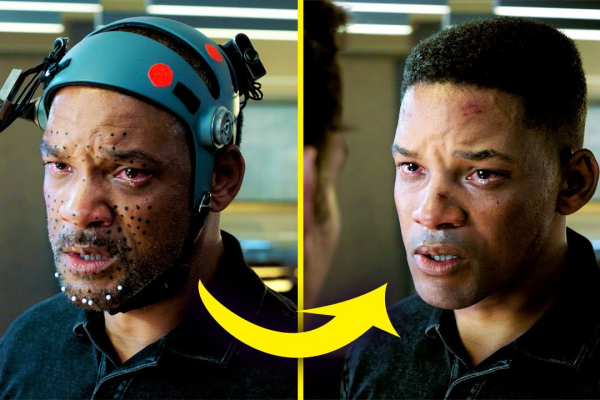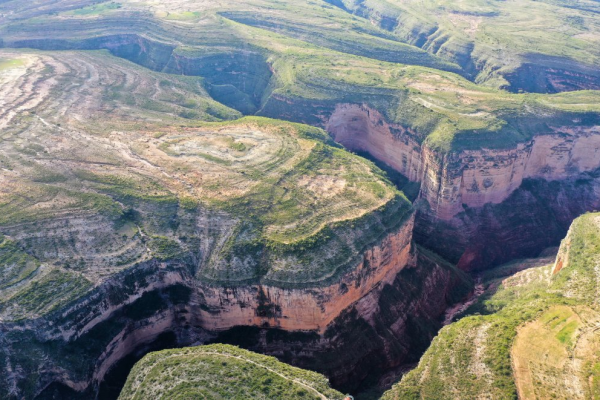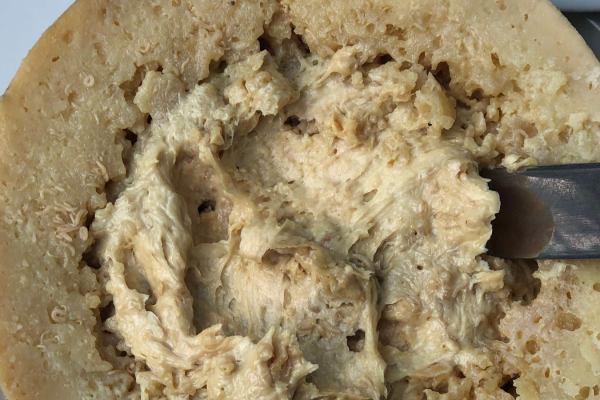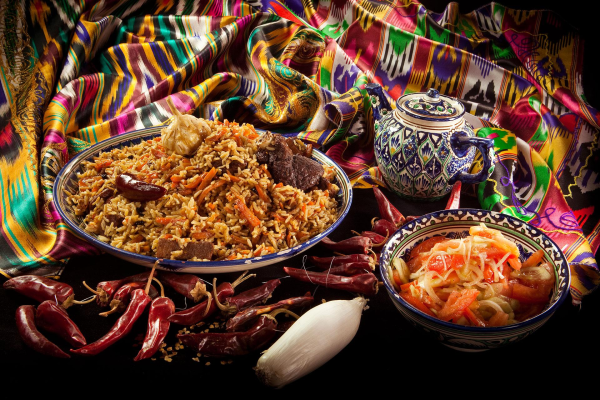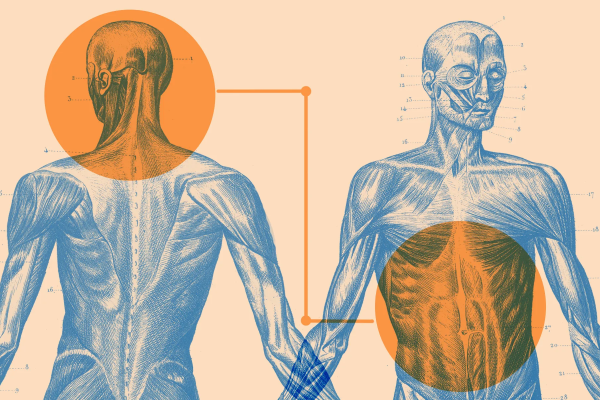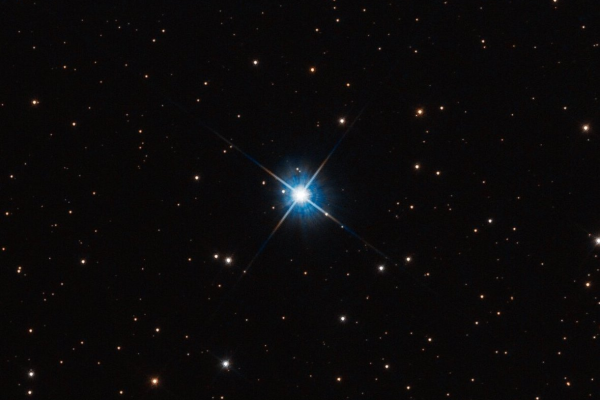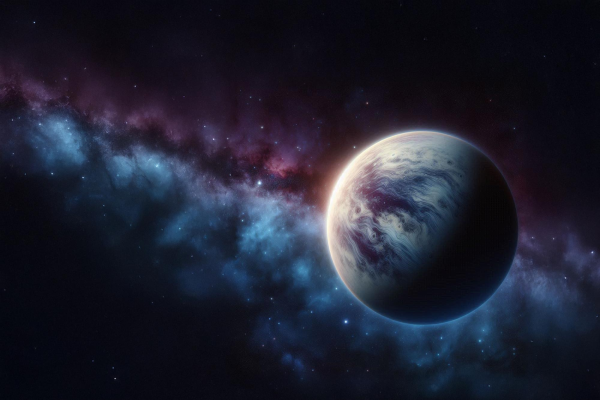
The Mystery of Rogue Planets Drifting Through the Galaxy
Rogue planets—massive worlds drifting freely through space without orbiting a star—remain one of astronomy’s most intriguing mysteries. Unlike Earth or Jupiter, these planets wander the galaxy alone, illuminated only by the faint glow left from their formation. Scientists believe they may form in young star systems and later get ejected by gravitational interactions, but the…

